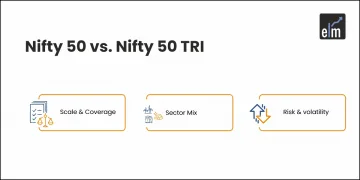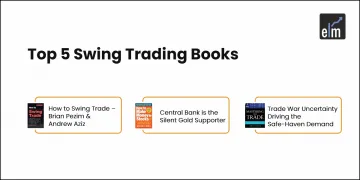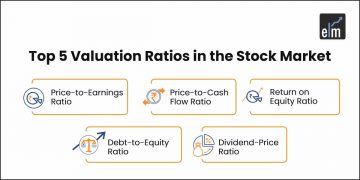Conducting industry analysis becomes very relevant especially when you are planning to invest in a company.
According to a top-down approach, you need to start with an economic analysis, followed by industry analysis and finally company analysis.
Michael Porter’s five force model is an important tool in conducting an industry analysis.
Porter is a Harvard Professor renowned for his work in developing a specialized industry analysis model.
This is an appropriate way to assess the structure of an industry.
Michael Porter believes that the combined strength of these five forces shapes industry’s potential for value creation.
Here is a list of 5 factors which determines the competitive strength of an industry-
1. Bargaining power of Buyers-
It refers to bargaining strength of the buyer which they can exert on businesses to attain better customer service, good quality product and at cheaper prices.
The more is the buyer concentration, better is the impact they can create.
Buyers increase the level of competition within an industry by bargaining for better services and to reduce prices.
In order to assess the power of buyer, here are the conditions which you need to look into-
a. Concentration of buyer
b. Switching cost
c. Sensitivity of customers
d. Volume of transactions
Learn the use of Michael Porter’s Five Force Model in analyzing industries by enrolling in NSE Academy Certified Equity Research Analysis course on Elearnmarkets.
2. Bargaining power of Suppliers-
It refers to the pressure exerted by the supplier on the businesses by raising prices, lowering product availability and reducing quality.
A strong supplier can make an industry more competitive and decrease profit potential for the buyer.
The factors leading to supplier power are as follows:-
a. Presence of no substitute
b. Higher switching cost
c. Lesser number of supplier for a product
d. Product is a necessity to the consumers.
3. Threat of Substitutes-
A substitute product is a product of another industry that offers similar benefits to the consumer as the product produced by the firms within the industry.
Say if the price of coffee rises drastically, a coffee drinker may switch over to another beverage like tea.
The threat from a substitute in an industry affects the competitive environment for the firms in that industry and influences firms profitability.
The availability of a substitution threat affects the profitability of an industry because consumers can choose to purchase the substitute instead of the industry’s product.
4. Threat of New Entrants-
It refers to the threat which new competitors would pose to the existing competitors in the industry.
If the barriers to entry are low, higher the chances of new entrants in the market.
The threat from new entrants affects the level of competition for the existing competitors and also influences the ability of existing firms to achieve profitability.
Higher is the level of competition would lead to decrease in market share and profitability of existing competitors.
The factors that may affect the threat of new entrants are-
a. Government restriction
b. Higher switching cost
c. Higher fixed cost
d. Existing loyalty to major brands
5. Rivalry among Existing Firms-
It refers to the extent one firm exerts pressure on another firm within the industry and restrict each other’s profitability.
If the level of competition is intense, competitors may try to eat away the profit and market share from one another.
Highly competitive industries generally earn low return because the cost of competition is high.
Bottomline:
So the next time when you are planning to invest in a company, do conduct Porter’s five force model analysis to have a better understanding about the industry.
Feel free to give your feedback by writing to us by using the comment box below.
In order to get the latest updates on Financial Markets visit Stockedge






